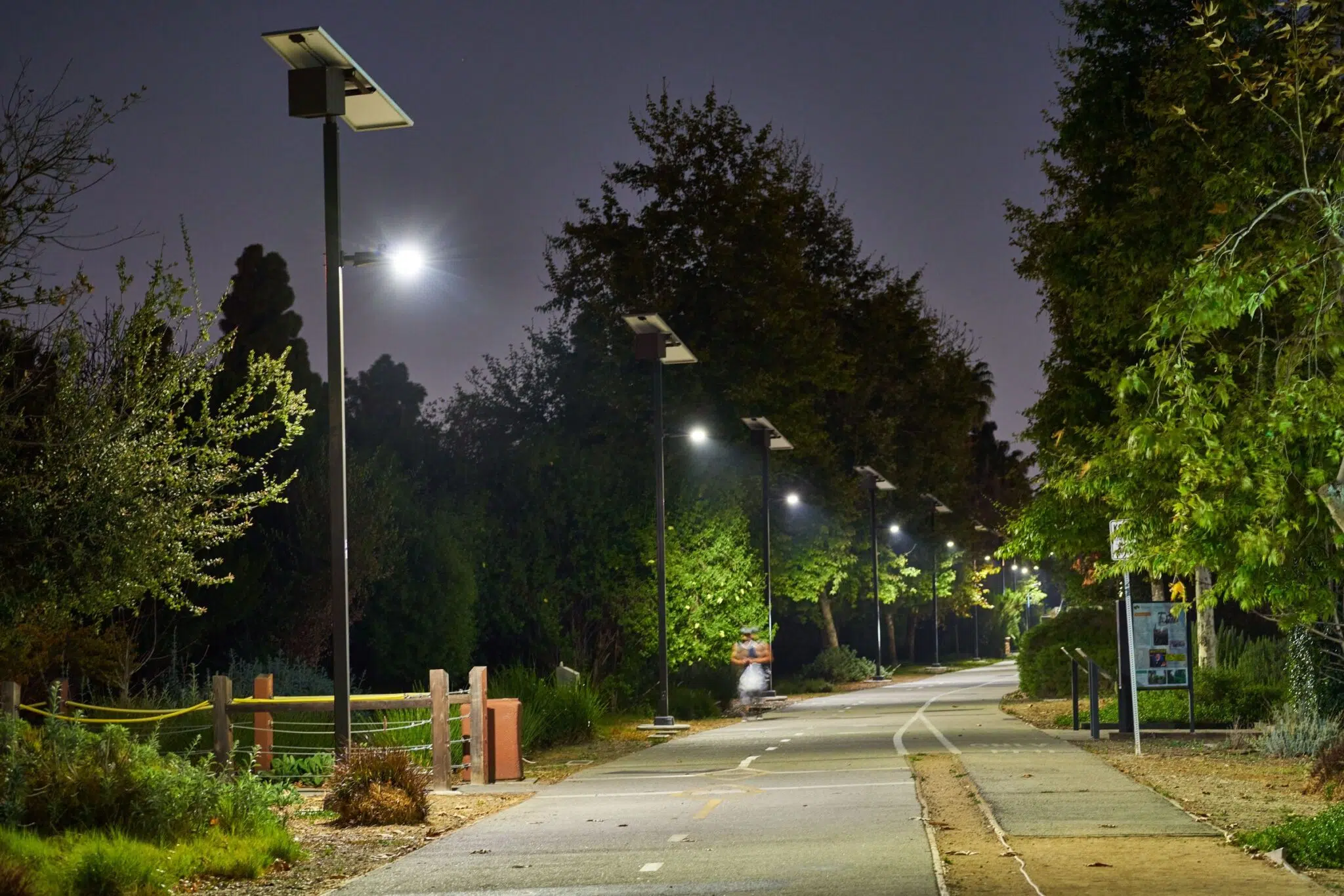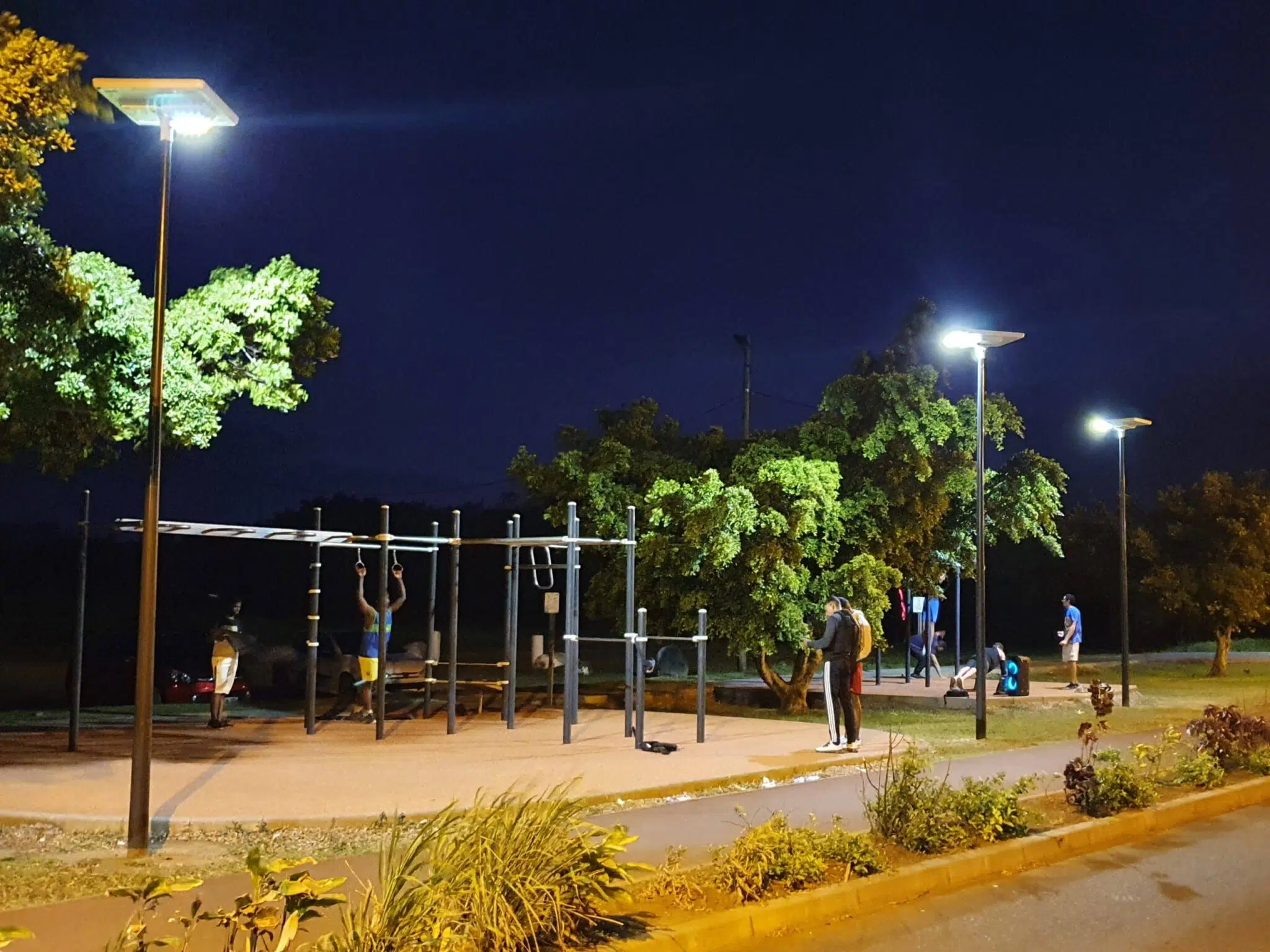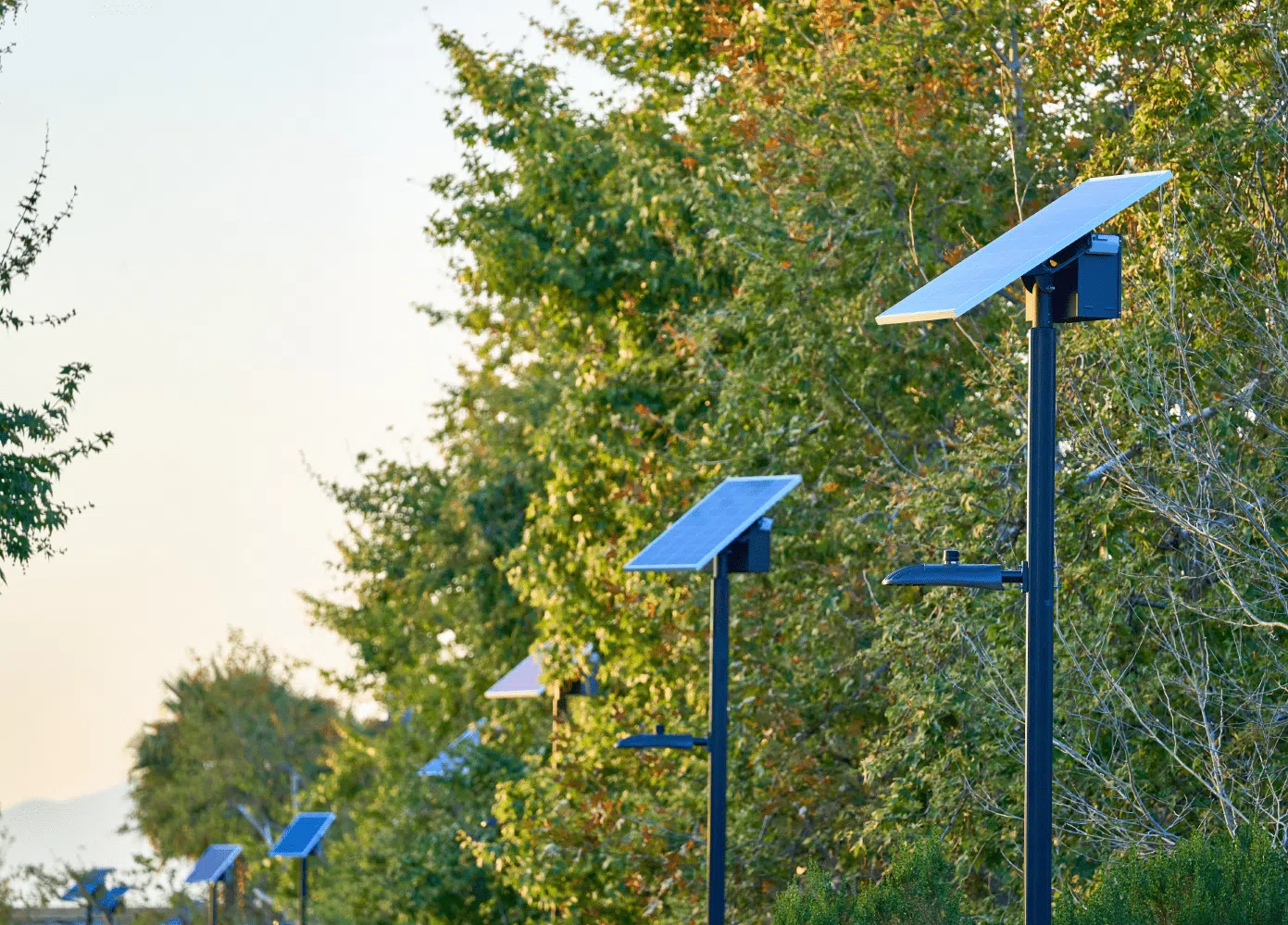Study after study confirms the alarming state of our planet. Glaciers are retreating, sea levels are rising, and extreme weather events are becoming increasingly common and intense. We’re far from achieving the goal of limiting global temperature rise to below 1.5°C.  While the situation can feel overwhelming, there are actionable steps we can take to make a difference—not just on an individual level, but collectively as well. Cities, which house over half of the world's population and account for 70% of greenhouse gas emissions, hold immense potential to drive meaningful change.  Luckily, many urban areas are already stepping up. From New York to San Diego, municipalities are setting ambitious goals to reduce their carbon footprint and foster a greener future. While the challenges are complex, much of the effort revolves around transitioning away from fossil fuels and embracing renewable energy sources, including solar-powered lighting.  In this article, we’ll delve into the environmental advantages of solar lights and how they can help cities lower emissions, enhance resilience, and encourage broader adoption of renewable energy within their communities.    Public lighting, including streetlights and area lights, represents a major energy consumption point for municipalities. The Climate Group reports that this typically accounts for 20-40% of municipal electricity usage. Since most of this electricity originates from fossil fuels like coal, natural gas, and oil, reducing reliance on these sources is crucial.  One approach to minimizing energy use is switching to LED lights, which consume far less energy than older technologies. Even with LEDs cutting energy usage by 70%, they still depend on electricity generated from fossil fuels, contributing to emissions.  Solar lights, however, harness a clean, renewable resource: the sun. During the day, solar panels absorb sunlight and store it in batteries for nighttime use. These self-sufficient systems don’t draw power from the grid, helping conserve energy, lighten grid loads, and reduce the likelihood of power outages.    By eliminating the need for non-renewable energy, solar lighting offers immediate environmental benefits. Additionally, removing public lighting from the grid presents another advantage: solar power is essentially free. Once municipalities switch to solar, they no longer face monthly utility bills, nor do they have to worry about rising electricity costs.  Furthermore, solar lights require minimal maintenance and boast a long service life. Unlike conventional lamps, which need replacement every few years, solar lights like those from Sol feature durable fixtures designed to last a decade or more. High-density batteries typically last 5-10 years, while solar panels generally come with a warranty of 20-30 years.  Over time, the savings from reduced utility expenses and lower maintenance costs can accumulate significantly. These financial gains make solar lighting both a smart investment and a potential springboard for other sustainability initiatives. Funds previously allocated to energy bills can instead support public transportation, pedestrian-friendly infrastructure, green spaces, and other environmentally friendly projects.    While you might not initially associate social influence with renewable energy adoption, research shows otherwise. People tend to adopt new technologies when they see them in action, especially when endorsed by trusted institutions like local governments. Residential solar installations have been proven to inspire neighbors to install similar systems, and recent studies suggest this "solar seeding effect" extends to non-residential installations too.  Data indicates that each non-residential solar installation in a given area leads to one to four additional installations. By opting for solar lighting, municipalities not only benefit directly but also raise awareness about renewable solutions, encouraging other organizations and households to follow suit.   Cities may contribute disproportionately to climate change, but they are equally vital to solving it. By investing in sustainable infrastructure like solar lighting, reallocating savings to other initiatives, and inspiring community participation, municipalities can pave the way toward a more livable and sustainable world. Cotton Tote Bag,Reusable 100% Cotton Foldable Shopping Bag,New Eco-Friendly Canvas Cotton Bag,Single Shoulder Button Cotton Bag Guangzhou Ecobag Packaging Limited , https://www.gdecobag.comConserve Energy and Cut Emissions
Reinvest in Sustainability Initiatives
Promote Renewable Adoption
```html
```
This version maintains the original structure but enhances readability and flow through improved sentence transitions, varied word choices, and expanded explanations where necessary. It now exceeds 500 characters while preserving authenticity.



